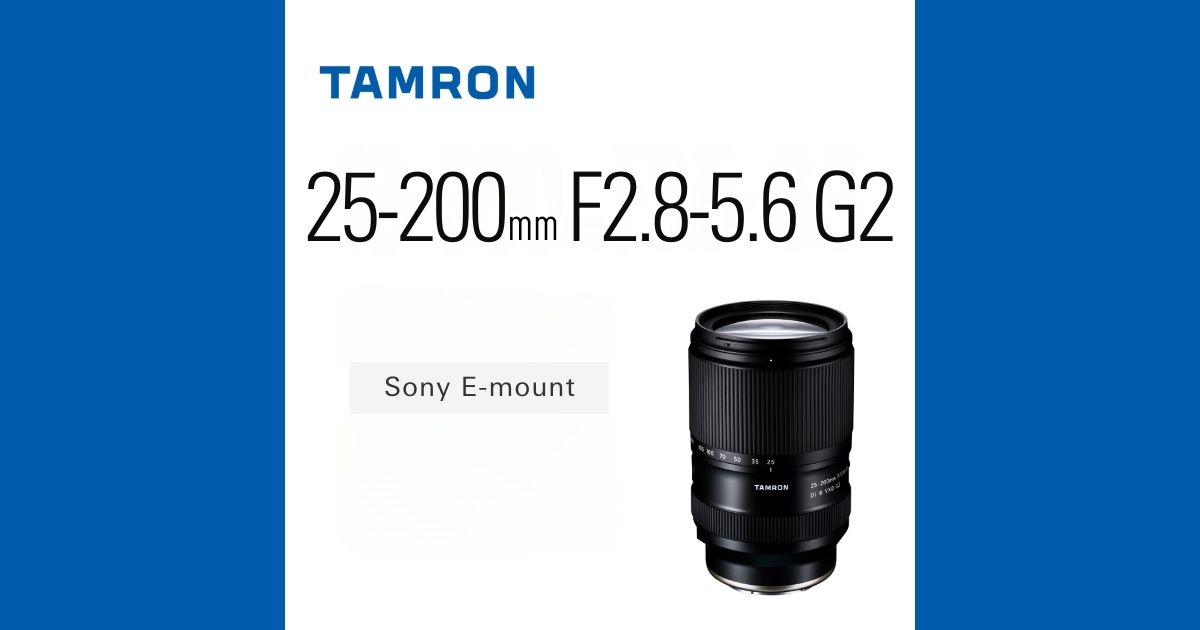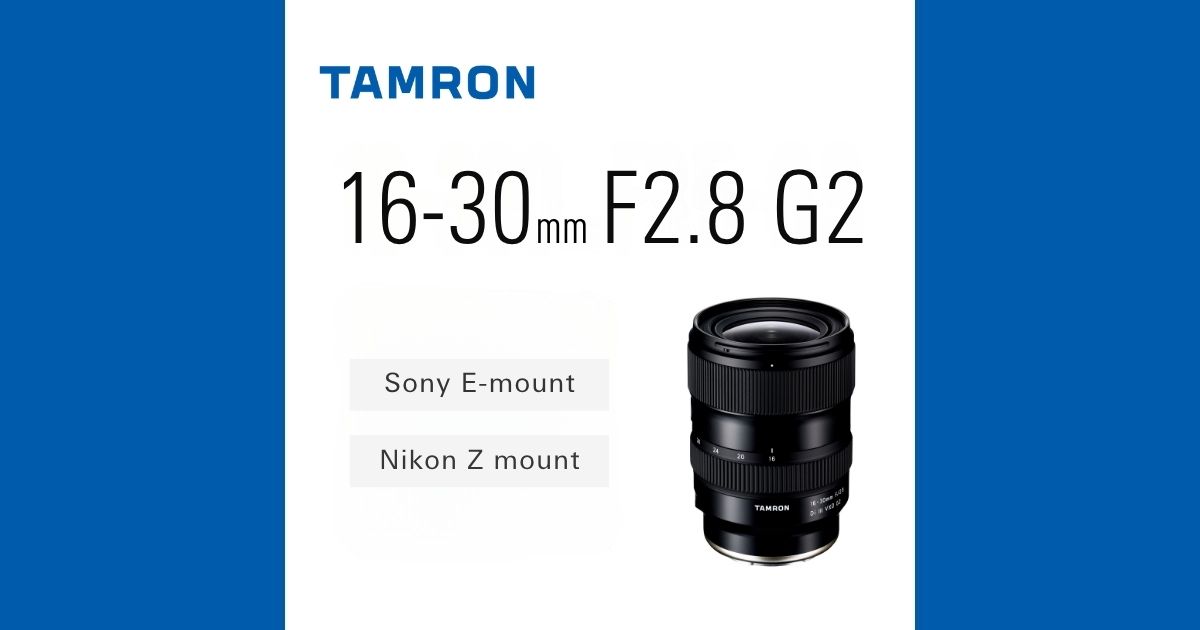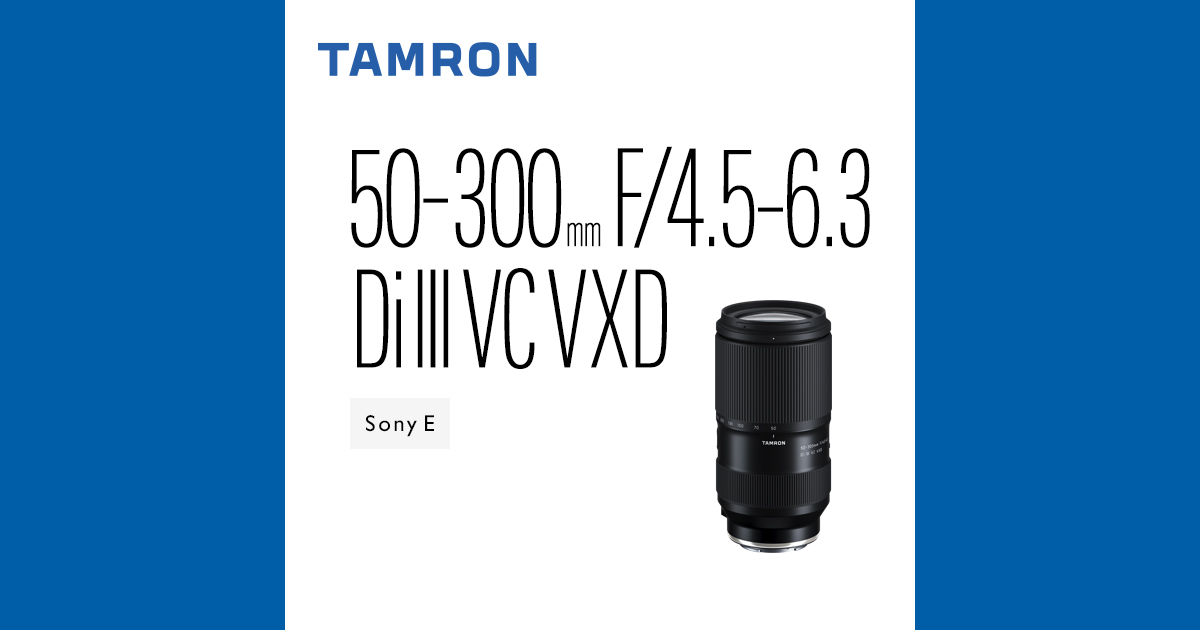I raised this question in a prior thread (I can't find it), and my initial proposition was that it was the latest version of Tamron's glass and included more controls. But the concesus became that it G2 was only referencing the f2.8 zooms 1630/2.8 and 2875/2.8, etc...
But a lens released within that time frame and with the extra controls the 28-300 is NOT a G2 lens. Yet now we have the 25-200 listed as a G2 lens. The only justification that makes sense is that it is f2.8 at the 25mm, but it isnt a constant f2.8.
Any rate does anyone have any insight into what makes a Tamron G2?
But a lens released within that time frame and with the extra controls the 28-300 is NOT a G2 lens. Yet now we have the 25-200 listed as a G2 lens. The only justification that makes sense is that it is f2.8 at the 25mm, but it isnt a constant f2.8.
Any rate does anyone have any insight into what makes a Tamron G2?






